From the first time I held a camera I had an interest in photography and by no means claim to be a professional. My photos capture life around me—for the most part they are simple snapshots right out my backdoor or during my endless walks. And I can’t count the times I’ve pulled the car over for a sunset, sunrise, flower, tree, sky, or clouds. I see beauty in every detail, no matter the season. And my soul comes away refreshed.
My first real camera was a 35mm Pentax K1000, an excellent camera. When I got my first digital camera (Fuji Fine Pix) I went kind of crazy, like everyone else, dumping tons of photos on my computer. I did burn all to CD’s. I pity
Then I learned image editing and went super crazy. Every detail on a poor photograph was disguised. I no longer paid attention to lighting, ISO, f-stop, aperture, shutter speed, even composition. No need to. The software did it all. After awhile I found I spent more time on image editing than taking good pictures.
Then I got a DSLR. Or rather, my son did. But I nab it from him constantly and he is generous enough to let me tuck it in a cozy, safe place in my hutch, easy for both of us to grab in an instant. It’s a Nikon D60 with the wonderful Nikko 18-55mm 1:3.5-5.6G lens. Awesome camera.
And enter Stephanie Goddard—a young, self-taught photographer who is a rare talent and a woman of artistry combined with technique. I spent three wonderful hours with her one afternoon learning the finer points of DSLR and she reminded me I would save precious time and become a better photographer if I took the right picture to begin with.
Then it hit me. I needed to return to my roots of taking a few moments to get the right settings and composition. Stephanie says, “Take the right picture first. Why spend all that time in the software when you could be out taking pictures?” Another tip—take lots of pictures but delete all the bad photos off the camera first. At a typical sporting event, Stephanie takes about 300 pictures. She then quickly deletes and gets about 20 really great shots.
And so, with exception to a few older edited pictures, as of April 29 this year beginning with the Weekly Photo Challenge theme of “Up”, all the photos on SimplySage are what I term “organic”. Meaning—
With exception of occasional rotation and maybe a minimal crop there is no editing of color, contrast, anything. If I don’t get it right the first time I don’t use it. The only other tool I will use, and on rare occasion is the built-in “enhance” tool on an iPhone. But that will be only to make the picture look more like it actually looked.
Note: I am not saying there is no place for image editing. It is quite artistic and I enjoy what I see. It’s just not for me anymore because it makes me too dependent and work less at taking good photographs. I’m glad to have it if I really need it but am going to, first and foremost, make every attempt to take the right photo first.
I’m sure enjoying more time to study and learn about photography as well as take pictures. And I hope you’ll enjoy the results!




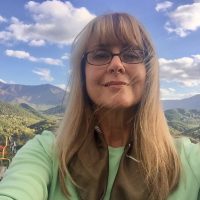
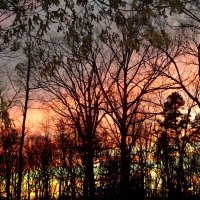
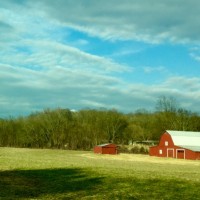
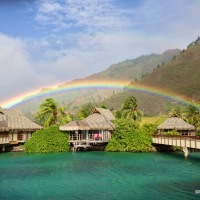


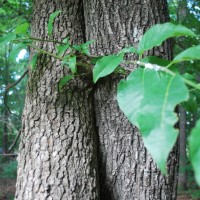
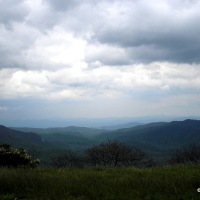
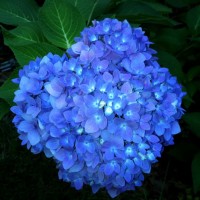
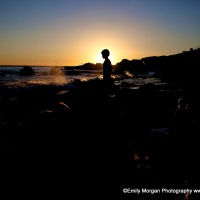


Aubrey
/ May 17, 2012Thanks for sharing such wonderful photos! You do not have to be a professional to produce lovely shots. I enjoyed looking at them!
SimplySage
/ May 19, 2012Thank you, Aubrey.
Capt Jill
/ December 3, 2013nice photos, and I also think it’s a lot more fun taking the pictures then fixing them on the computer
SimplySage
/ December 6, 2013I totally agree. I don’t even crop anymore. I might straighten out a horizon line but that’s about it. Fun!
jennylratcliffe
/ May 7, 2014Beautiful blog; I love your ‘organic’ photography concept. I agree that the art should be in the taking of the photo, not the post-processing. Although ironically I have just started trying to up my pitifully limited post-processing techniques – http://readsbyredriverbanks.wordpress.com/2014/05/02/seeing-things-in-black-and-white-its-the-little-things/. Until now I’ve only ever cropped, but there’s a balance I think – the skill is knowing when to leave it alone I guess!
SimplySage
/ May 7, 2014There is definitely a balance and yes, it’s best to do minimal. Mine usually consists of making it look as I actually visualized, but I do very little alteration. I shoot mostly raw mode now and because it takes up so much space it makes me shoot more carefully. It’s a little work converting to JPG and does require a little post processing but I load the NEF files, view, and have two lists, the delete list and the keeper list. Then I delete directly off the card. I repeat this a few times until I’ve narrowed it down to the best. Those are the ones I save and work with. It really teaches you to capture the best next time you’re out with the camera. And I burn to CD monthly.
Thanks for dropping by and thanks for the compliments. I’ll take a look at your place some time, Good luck with your photos and don’t get too carried away with that processing!
jennylratcliffe
/ May 7, 2014You are so organised! I’m impressed. I’ve got a stupid amount of photos, which I mean to go through and thin out and never seem to get to (if its a choice between doing that or something more fun like writing a post or taking more photos, guess which wins?!)…and saving to external hard drives or CDs is something I keep meaning to do too. It makes so much sense and my computer would be so much faster!!
SimplySage
/ May 7, 2014I just visited your blog. How humble you are! Lovely photos! You need no help nor do you need post-processing. Lucky you have a macro lens. I’m intent on catching the bumblebees, too. Nice work. Keep it up!
jennylratcliffe
/ May 7, 2014Thank you, that is really very kind of you, but I am definitely still learning (aren’t we all?!), so inspiration and guidance from others is always very welcome. But you are right about the macro lens – after my camera itself, it is my favourite toy! God luck with the bee stalking – I’ll look forward to seeing your photos.
Mike Hardisty
/ April 14, 2015Since I switched to the Olympus E-M1 I have slowly but surely been moving away from a lot of post processing for landscape and nature photographs. Inside I still auto-bracket for HDR but the processing is minimal now. Default settings on the HDR software and then a bit of contrast adjustment to finish. I still shoot RAW
zerocreativity0
/ June 13, 2016All these beautiful photographs made me to follow you! Thanks!
Alexandria Sage
/ June 14, 2016Thank you so much! Nice to meet you!
zerocreativity0
/ June 14, 2016Welocme and thanks!
Laura Bloomsbury
/ September 15, 2017I have strayed into over editing and stepping back into get it right from the start but often only in terms of framing (watch those edges) and clarity – I still like to adjust contrast sometimes and colour when I use it. And the censor is stricter on what is an acceptable shot – the trash bin is fuller now.
But I am doing a series of second best shots on Sundays – a sort of prompt as to how something that would have been a good shot did not quite make it
Alexandria Sage
/ September 15, 2017That’s a great idea! I’ve gone back and forth with editing. Editing is, as we both know, an art form in and of itself. I do some, but not near as much as I used to. And the bad ones get deleted on the camera so I don’t have to make a second decision when I upload them. Thanks for dropping by!
Anonymous
/ February 18, 2018I liked the spirit of this post. And the photos are great. I take pictures not for technical perfection, but to be mindful of the small details around me, to capture memories in some shape or form. So, I tend to neglect the settings and make a few touches here and there. But your post is making me think about changing how I’m approaching my photography. I believe it would be more fun.. 🙂 Thank you for sharing this!
Alexandria Sage
/ February 18, 2018Glad to be of help. Enjoy taking more pictures!